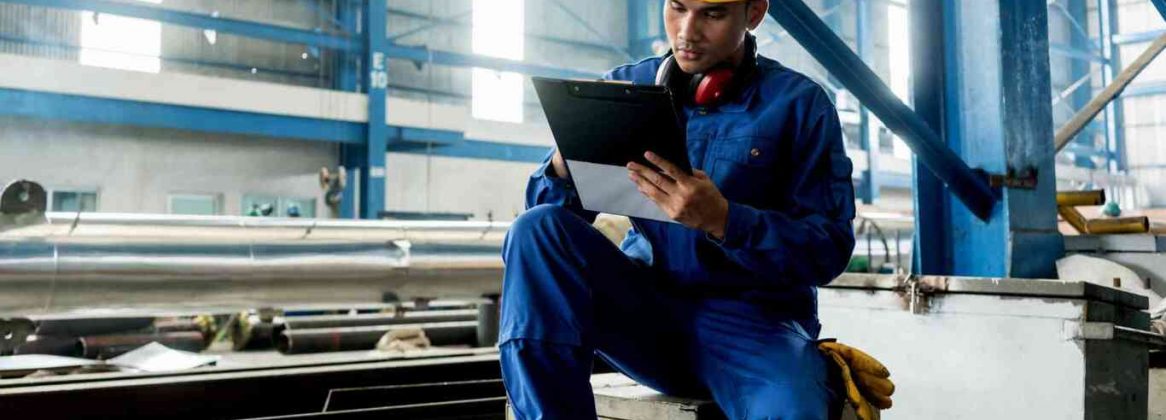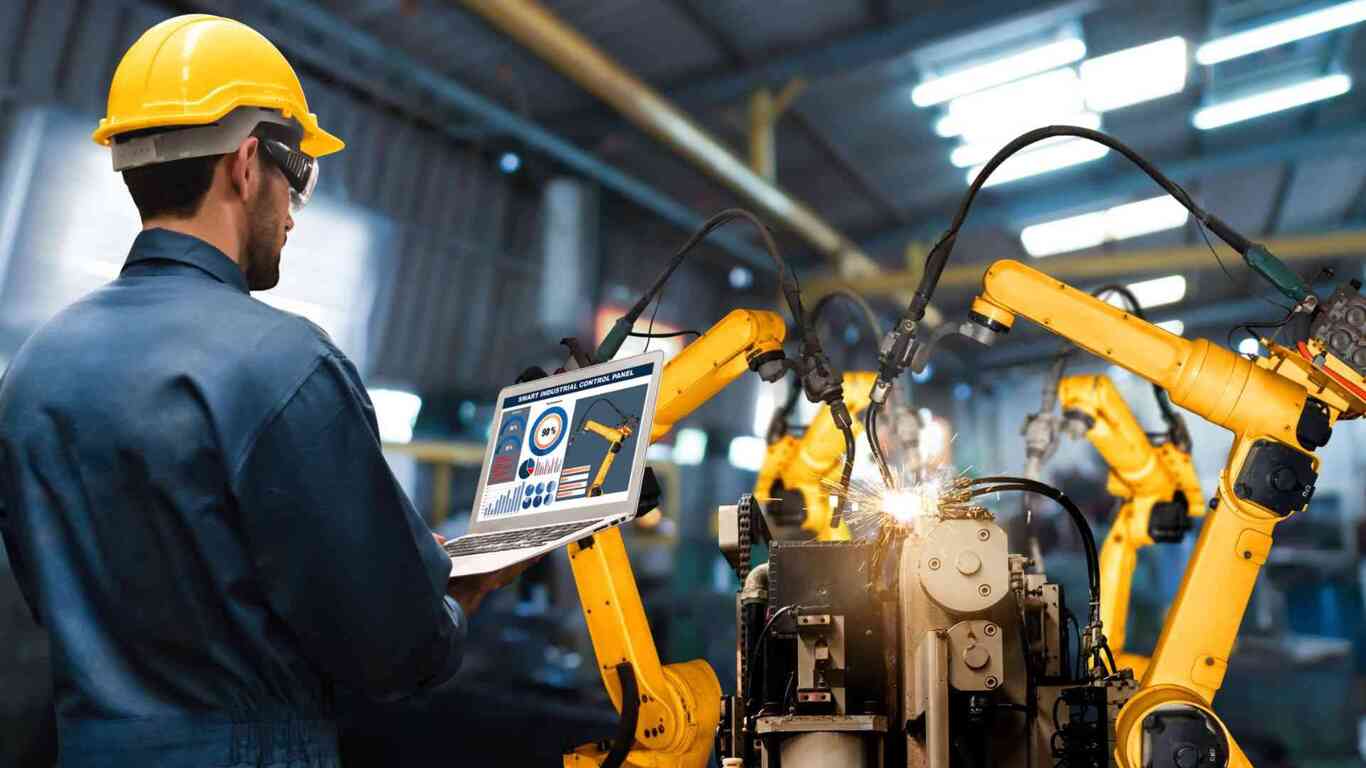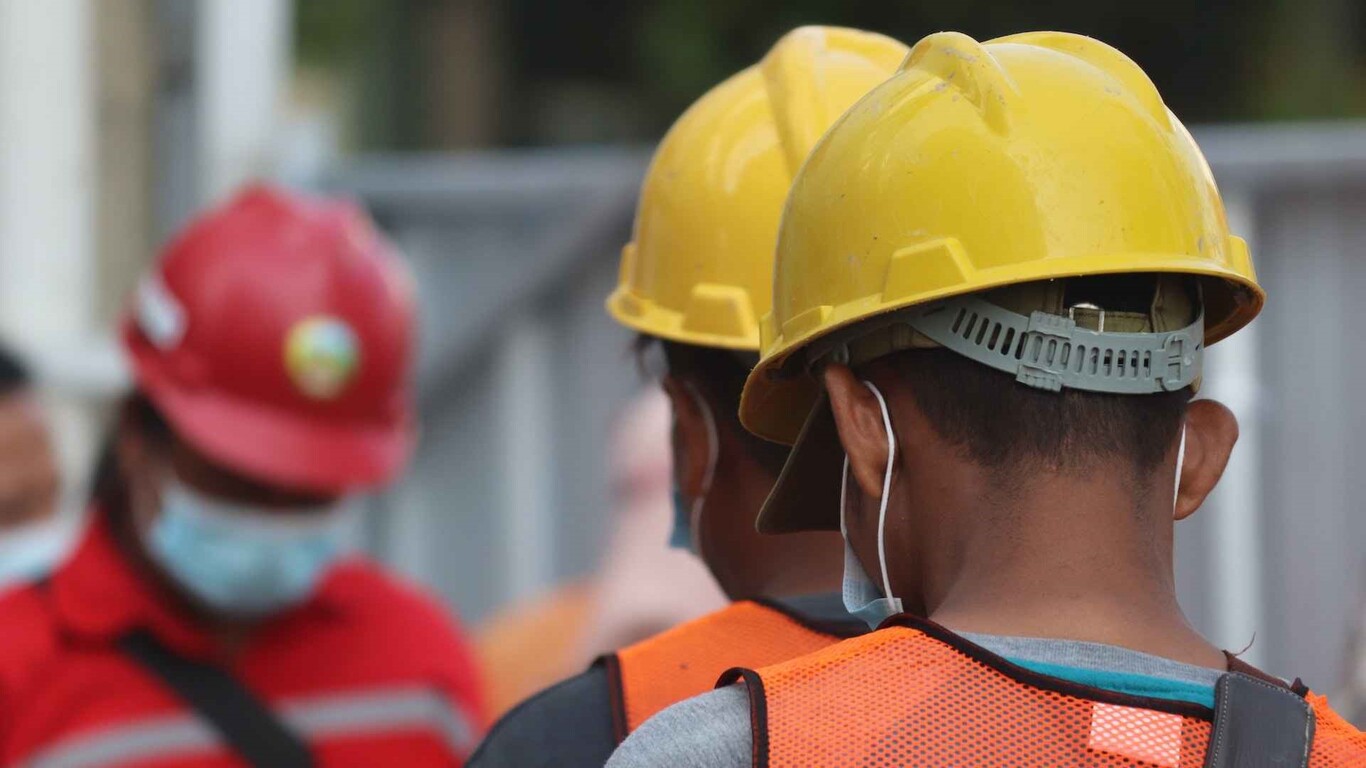The chemical industry has quickly positioned itself as the industry’s industry, currently having over 70,000 products that gain application in every major industry in the world. From fertilizer production for the Agriculture Industry to feedstock for the construction, power, and cosmetic industry, among others; the industry is driving economies across both sides of the Atlantic. The US shipped over 700 billion dollars worth of chemicals in 2020 and in India, the chemical industry contributes over 7% of its Gross Domestic Product and has an estimated value of 163 billion dollars.
The industry is however faced with challenges on several fronts. In 1984, India’s chemical industry was shaken to the core by the methyl isocyanate leak in Bhopal, which killed over 2000 people and left around half a million exposed to the toxic gas. This accident, though uncommon in its scope, served as an apt reminder of the safety concerns and latent risks in chemical manufacturing. Even to this present day, dermatitis, skin burns, abrasions, and falls are frequent occurrences in the industry as are long-term respiratory and reproductive effects, due to chemical exposure.
The industry’s processes are also the subject of environmental concern and increasingly stringent regulations. Effluents from the chemical industry affect soil integrity, and aquatic life and contribute to global warming. The industry must work towards finding sustainable solutions and reducing CO2 emissions to remain relevant in the years to come. Polymers and plastics, which comprise around 80% of the industry’s output, have to be recycled better and linear ‘take-make-waste’ models have to be replaced by the circular economic models.
Supply chain difficulties, specifically in raw material sourcing and shortage of qualified labor are some of the other challenges the industry is faced with.




